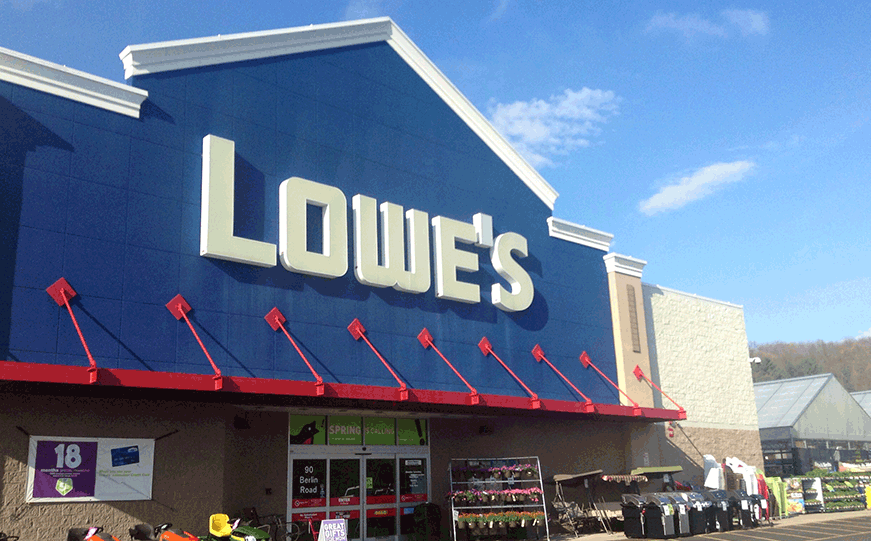The events of 2020 have made it clear that American businesses have a long way to go toward diversity and inclusion. The virus that has resulted in the death of 221,000+ Americans and left millions sick… has disproportionally impacted communities of color.
According to the Centers for Disease Control and Prevention (CDC), cases and deaths among African Americans have been more than two times greater and hospitalizations have been 4.7 times higher than among white Americans. Research by the National Bureau of Economic Research found that 41 percent of Black-owned businesses — some 440,000 enterprises — have been closed this year… compared to just 17 percent of white-owned businesses.
Coupled with growing societal tensions, many businesses have responded by showing their support for the Black community in the forms of hashtag campaigns supporting the Black Lives Matter movement. As well as heartfelt commercials embracing diversity. And, even — as Facebook did — pledging millions of dollars toward anti-racism groups. While these efforts have been well-meaning, many fall short of creating real inclusion — changing the racial makeup of businesses to reflect America’s diversity.
Creating a genuine, inclusive, diversity-based initiative requires hard work. Thick skin. And careful introspection. But it’s not rocket science.
In planning a diversity campaign, building product brands will likely discover possibly painful blind spots about their organization that they didn’t realize existed.
“Making It… With Lowe’s” Campaign Goes Beyond Just Words
Consumers can see through a campaign with meaningless claims and empty promises. As organizational consultant, Lily Zheng states, many leaders frame their company initiatives around “overwhelmingly generic” ideas of delivering “excellence, integrity, quality.” Zheng says that companies should align their activities — and their identities — around what is the “antitheses to the identity of your company.” In other words, not what your company stands for. But what it stands against.
One company that has executed well in terms of diversity is Lowe’s. The company has made diversity a part of their culture as a way to deliver more robust services and solutions… resulting in better business outcomes. As one of only four black CEOs at the helm of a Fortune 500 company, Lowe’s CEO Marvin Ellison has made a point of supporting minority entrepreneurs. So that the company’s products and business partners are as diverse as the customers shopping for their products.
In fact, this year Lowe’s has committed fifty five million to support businesses owned by women and minorities… along with those in rural communities. The Making It…With Lowe’s” campaign is the latest effort by the company to support diverse communities with real investment.

Lowe’s is teaming up with “Shark Tank” star and FUBU founder Daymond John to give 375 minority-owned businesses a shot at selling their products in Lowe’s stores. Five deserving business owners ultimately will be invited to participate in a group mentoring session with John — a frequent member of ABC’s “Shark Tank” — to prepare for a live pitch to Lowe’s executives. The winners will receive additional support to grow their business through marketing opportunities, mentorship and more.
Lowe’s isn’t simply writing a check and posting hashtags. It is giving minority-owned business owners a chance at growth… based on the merits of their ideas and execution. It’s also helping typically overlooked minority businesses get much-deserved visibility. Yes, the initiative will generate compelling content for Lowe’s. But, just as important, it will result in real and lasting change for minority-owned businesses. As well as for the suppliers and vendors who support them. That’s the kind of change we need more of.
The Interior Design Industry Also Embraces a Range of Perspectives
During the recent Fall 2020 High Point Market, nine designers with diverse backgrounds, design experiences and global perspectives participated in the High Point Market Virtual Showhouse. The program featured a webinar called The House that Diversity Built… where participating designers discussed the cultural influences and product perspectives they drew upon when creating their respective rooms in a dream home residence.
Said Dorothy Belshaw, chief customer and marketing officer for International Market Centers, “Great design talent crosses cultures, life experiences and perspectives. This exploration of different styles, practices and inspirations is especially fitting during this heightened time of social justice.”
Following are some thoughts on how building product brands and the A&D community can thoughtfully approach diversity initiatives.
Put Your Money Where Your Mouth Is
Hire people of color. Hire women. We can’t stress this enough. Imagine creating a video series geared toward Black audiences. Or a product targeted toward women. And having no people of color or women involved in the promotion? Unfortunately, this happens in board rooms across America every day.
If your company believes in supporting inclusivity — and improving the lives of disenfranchised groups — the best thing you can do as a business is hire diverse candidates. There are lots of talented women and people of color who can bring valuable skills and perspective to your business and enhance your brand building efforts.
Make sure your diversity initiative ultimately provides an environment in which real financial gains are possible for those typically locked out of opportunity. If not, you’re missing the point entirely.
While there is a moral case for making a company more diverse… the business case is even stronger. Harvard Business Review found that companies with above-average diversity have 19 percent greater innovation revenue and nine percent higher EBIT (earnings before interest and taxes) margins. Nine points of EBIT is a notable return just for doing the right thing. Having diverse employees on your roster can also potentially help your company avoid wasting significant budget on ads and marketing efforts that fall flat or on deaf ears.
Create Opportunity
Being receptive to a diverse workforce remains challenging for many companies. Just recently, Wells Fargo CEO Charles Scharf apologized for blaming the lack of employee diversity at the bank — one of the largest mortgage lenders in the industry — on a “very limited pool of Black talent.”
Finding diverse talent is often a matter of looking in places where recruiters don’t typically canvas. There are a plethora of companies that work specifically to connect other companies with a diverse pool of talent. And Historically Black Colleges and Universities (HBCUs) and nonprofits like Year Up have numerous highly trained candidates waiting in the wings.
The only thing many candidates are waiting for is an opportunity. Which building product brands can provide.
Make Your Diversity Initiative Matter
Whereas governments are often tied up in partisan gridlock, you have the ability to enact real and lasting social change. According to Myriam Sidibe, for brands to do so at scale, they must “operate on a level higher than simply focusing on consumer behavior change linked to their products” and “advocate for broad-based efforts to support systemic change.” Talking to cultural influencers about the importance of diversity — as well as engaging customers — can create groundswell and support. As well as collaboration that sustains diversity efforts well beyond individual campaigns.
As outlined by Sidibe, a successful company social initiative:
- Has a positive vision for the future, not just a fear of the present
- Speaks to each individual’s personal sense of justice through their connected identity
- Uses symbols, language and culture that resonates
- Calls for tangible, repeatable and sustainable ways to act… both material and ritual
- Gives people agency — and makes them actors — not just beneficiaries
- Brings people and communities together on shared platforms and through partnerships
One great example of this is Saint-Gobain’s commitment to diversity and inclusion. The organization, parent company of CertainTeed, offers its senior leadership and individual business groups Unconscious Bias Training designed to “help uncover both the macro and micro ways employees express bias in the workplace and the ways bias manifests in day-to-day interactions so that steps can be taken to eliminate it.” Saint-Gobain also holds Diversity & Inclusion Week each year to educate employees on the diversity within the organization’s offices worldwide and encourage important conversations on the topic.
Helping stakeholders within an organization understand the importance of diversity is important. Even more crucial is empowering diverse communities and giving them a voice — and a true seat at the table – which is paramount for a successful, and changemaking, diversity campaign.
For more tips on building a successful diversity initiative, visit www.kleberandassociates.com or send an email to Steve Kleber at sk@kleberandassociates.com.




